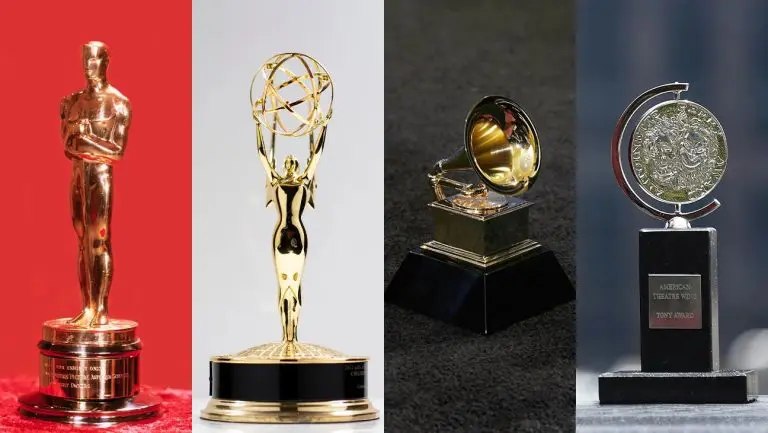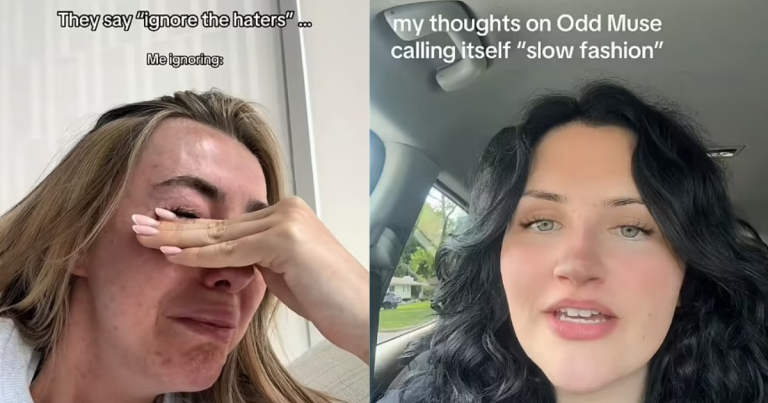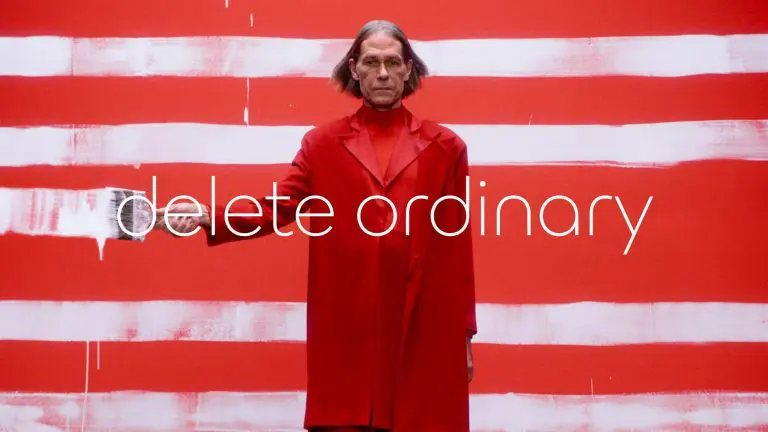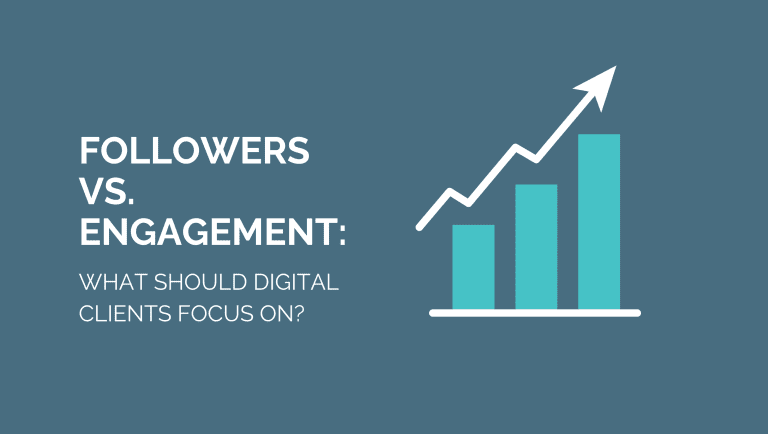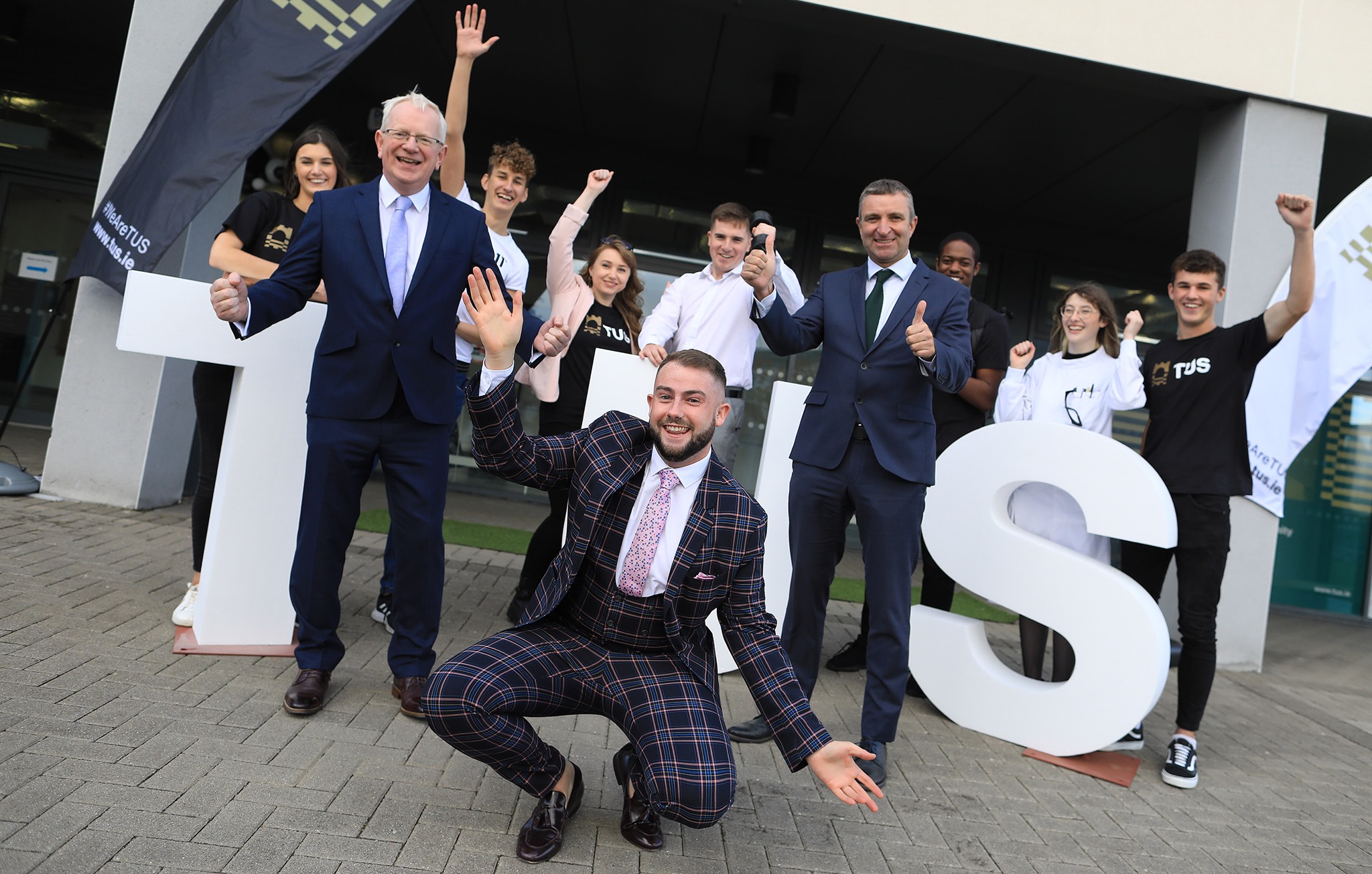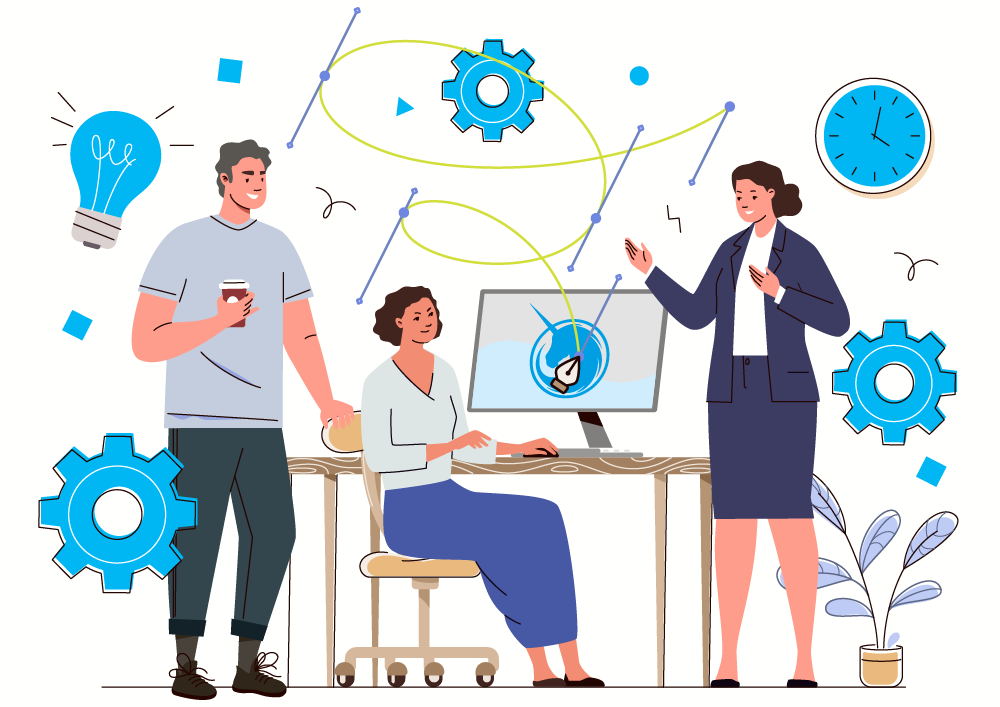
You’re beginning a new business or rebranding a program in the education industry. You want to get the most out of your time and money spent on a logo, but you’re not sure where to begin or how to proceed.
Here are a few pointers from our team at Fuzion and how crucial you are to representing your brand:
- Strategise
Establish goals and a strategy with your designer and creative team. To ensure that everyone is on the same page, start with a creative brief. A creative brief defines your goals and how you intend to achieve them.
Who do you want to communicate with and what do you want to convey to them? Your creative brief identifies your target audience, establishes measurable goals, and specifies the steps you’ll take to reach them, as well as the resources you’ll employ. This guide will be used by you and your team as you work together to create your new brand identity.
- Do your homework
Getting a sense of what’s out there in the market and figuring out where you fit in is a good place to start. It’s critical to understand your “story”, the core values and the organisation culture, who you want to appeal to, and what those people respond to.
Discuss your customers with your designer. What are their customs, habits, needs and interests and how would you define their culture? Your logo must appeal to them, foremost. Also, who are your competitors and what does their brand say about them? Are you familiar with the standard branding conventions in your target market? Should you follow suit or be the business that stands out by not following trends and thinking outside the box?
- Communicate your brand’s narrative in a compelling way
Often, first impressions with a new prospective customer are defined and represented by your logo and the other supporting branding . You and the design team will collaborate to ensure that your identity properly communicates your brand story, armed with a solid understanding of your brand. Your new visual identity should reflect your company’s culture and product, service, or idea, what you do and who you are. What you show the world—your logo and any other encounters your customer has with your brand—must create credibility, build relationships, foster loyalty, and drive action in your audience. The designer’s role is to turn your story into a visual symbol that expresses what you’re trying to say. Your assistance is critical in making that translation possible.
- The Design Methodology
Creating an image that communicates non-verbally is the goal of logo design. You and our designers will communicate in a way that goes beyond the written word. You want your customer to feel good about themselves and be motivated. This can be accomplished by appealing to a person’s existing visual vocabulary or by challenging them with a new association.
Fluency in this style of communication is crucial when selecting colours, typeface(s), and image material, as well as deciding on shape, form, line, movement, pattern, and texture. Sensitivity to cliché, overuse, market trends, and what is tried and true for your audience are all important considerations. Your designer is aware of this and can assist you in sorting through all of the possibilities.
Collaboration, education, open-mindedness, exploration, and trust will all be part of partnering with our team of experienced designers. The whole project will benefit. Don’t be scared to push yourself beyond your comfort zone. Comfort can sometimes lead to something that appears to be an off-the-shelf solution…boring!!
Remember, your business is as interesting and one-of-a-kind as the clients you’re designing for! Few design decisions are made at random, so don’t be hesitant to inquire about the rationale or reasoning behind any aspect of the designer’s work. You’ll get an informed response every time.
Bringing examples of what you like and don’t like, to your designer, is a smart place to start. Often, the designer will provide an overview of the competitors logos as well as other design samples in your field. Being objective might be difficult at times, but keep in mind that you’re designing for your client. Try to keep an open mind if for example you hate green but all research points to it and your designer proposes it. Conversely, if you’re seeing a lot of green and you know your customers prefer a different colour scheme, don’t be afraid to tell us. When it comes to achieving the proper design for a project, everyone needs to be open-minded.
- Different types of logo designs
A simple Google search will demonstrate just how many different kinds of logo design approaches are out there. It’s an important question to ask your designer what style they feel will work for you, as certain styles may be more suited to your brand than others—stylistically, historically, and for practical reasons such as cost, timing, and as explained below, usage. Go ahead, have some fun, explore some different types of logos named below and see what resonates.
EXAMPLES: Symbols, The Wordmark, Initials, Seals, Crests, Enclosures, Combination Logos, Certification, Accreditation, and Network Logos.
- What is your main use case?
It is critical to consider all of your identity’s applications when designing. These are usually mentioned in your creative brief. Knowing these current and future use cases will aid the designers in making decisions that will ensure optimum legibility, consistency in appearance and impact, and the capacity for the logo to be reproduced accurately across all media. A brand guide can assist you and your team in directing the usage and use of your logo and identity materials in all scenarios, and is one of the components that Fuzion offer as part of a full visual identity package.
Here are a few identity-related use-cases:
Marketing Collateral: stationery, print brochures, posters, point of purchase displays
Online Marketing Materials: website banners, email header, email signature, social media avatars or icons
In-Motion: video, titling, animation, broadcast, 3D, motion graphics, etc.
Apparel: uniforms, name-tags, hats, tee-shirts and accessories
Signage: in-store signs, exterior signs, trade-show displays, vinyl banners, vehicle wraps, decals, badges, flags and more
Premium Items: printing on fabric, plastic, wood, glass, metal items, in single, multiple, or full-colour versions; engraving logo on glass, wood, or stone, etc.
Packaging: printing on paper, label stock, plastic, etc.
Product: durable impressions (printing, moulded, embossed, engraved) on glass, metal, fabric
- Make a great impression every time
How can you make your logo operate in a variety of settings? In the vast majority of circumstances, you’ll require multiple versions of your final logo, here are some examples:
• Horizontal and vertical proportioned copies of your brand mark.
• Full-colour, single-colour, grayscale, and black-and-white versions.
• A version without the tagline. If you want to produce different taglines for different market categories, do so now, in the proper style, rather than later.
• For smaller applications, create simpler versions (like a 10mm-wide mark on a credit card, for example)
• Simplified or abbreviated versions for various applications, such as dropping the name and only using the symbol on a product.
- How much should it cost?
Your logo is an investment—in your company, in your brand, in your team and in your customer.
As with any investment, how much you spend and where you spend it are critical to getting a good return for your money. Our responsible and experienced design team can structure a quote with line items for any or all of the project phases: strategy, research, preliminary sketches, meetings, revisions, final artwork, file preparation, style guide and more. The prices for each phase are typically based on estimated hours @ an hourly rate. Our estimates allow you to see how the fee is being allocated—for what service, and how much you are investing. Or you may receive a flat fee, with a description of what is included.
Last but not least…
Your company and your customers’ relationship to you is symbolised by your logo. A thorough, informed, and thoughtful partnership on building a new identity, as well as competent brand execution and maintenance, can ensure that both you and your customer has a seamless experience with your brand.
Mark
Mark Kenny is part of the graphic design team with Fuzion Communications, a full service Marketing and PR team with offices in Dublin and Cork, Ireland.


